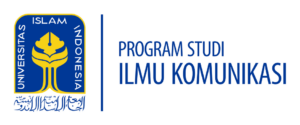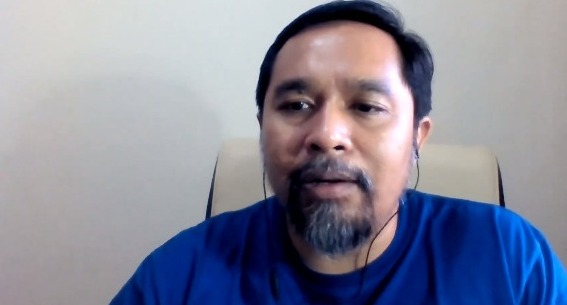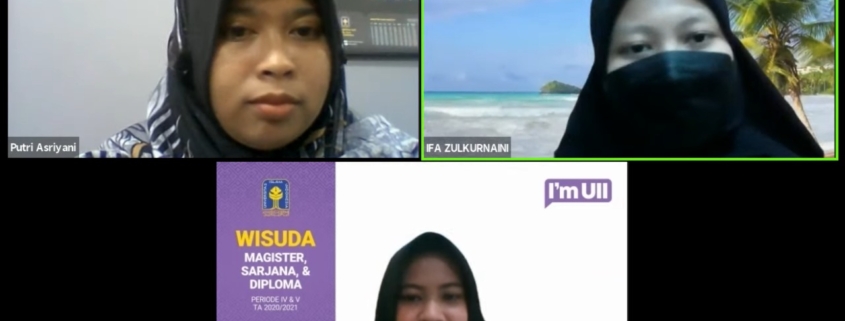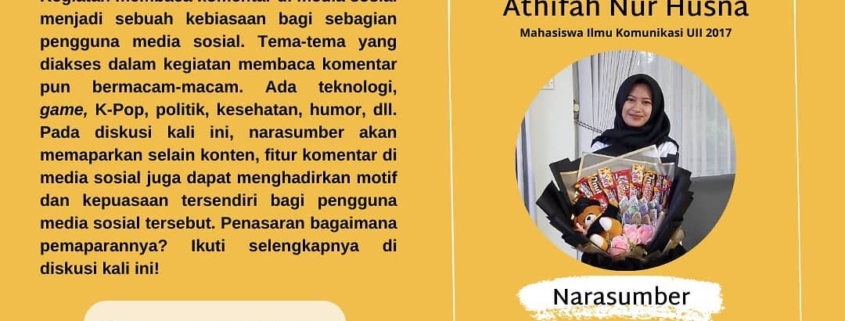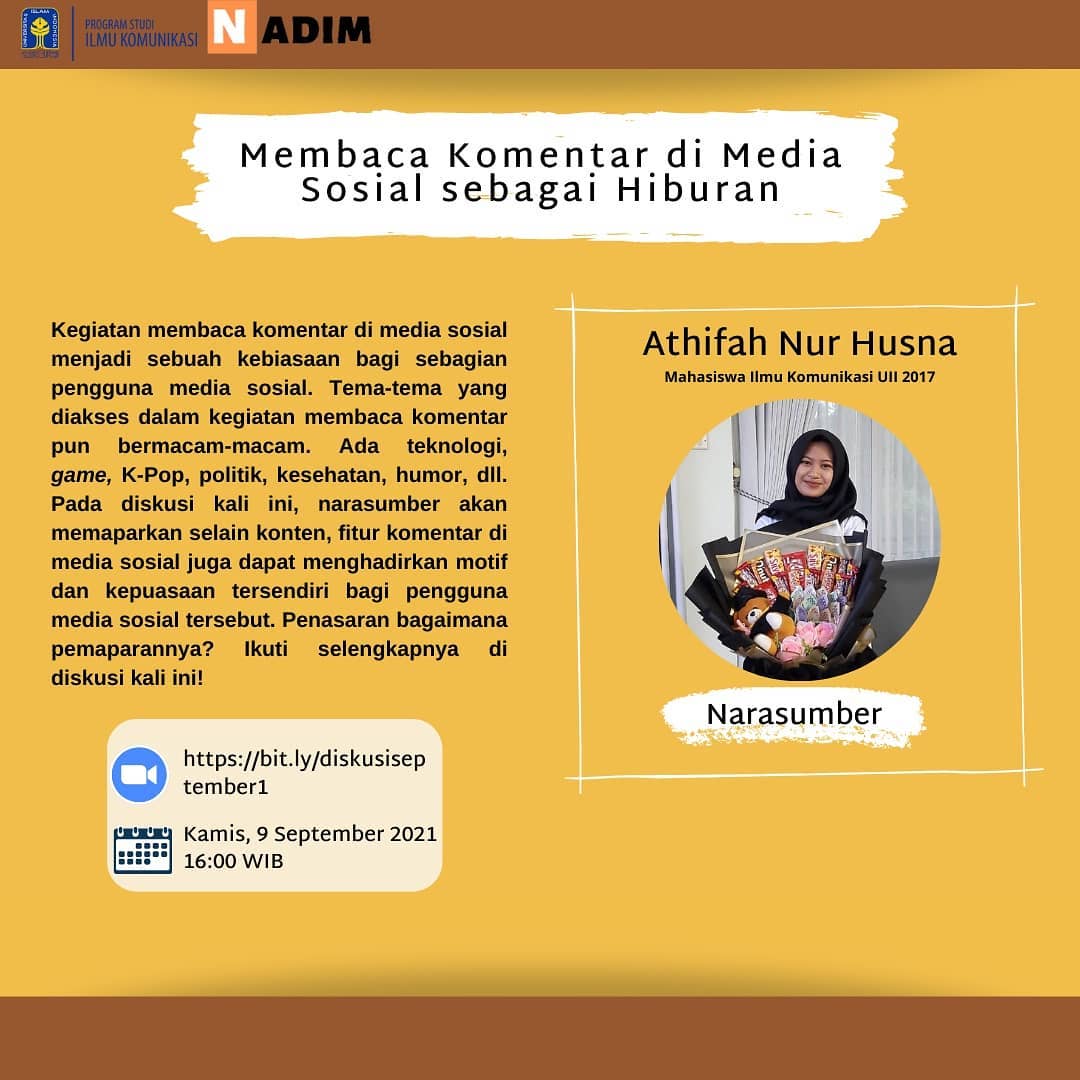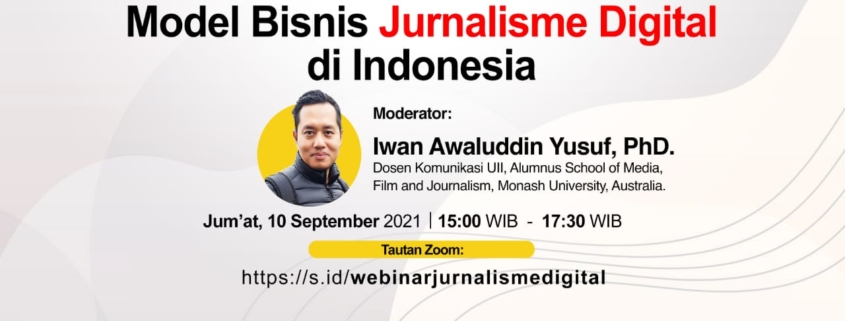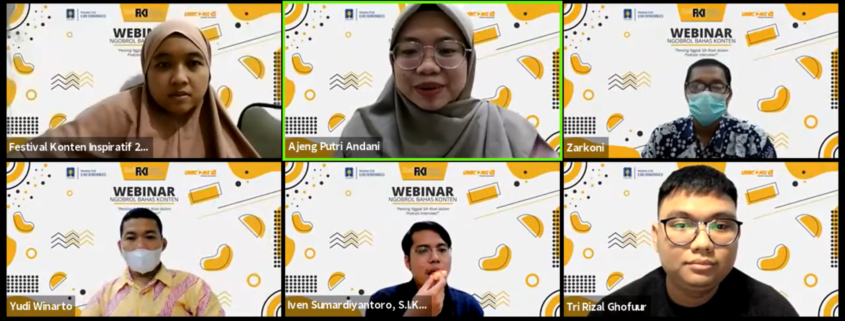Journal content and manuscripts entering the editorial desk are not only quantitative methods. Many manuscript writers also send their manuscripts to journal editors using qualitative methods. However, it is not uncommon for the technique to be unclear.
Therefore Prof. Irwan Abdullah explained in detail how to research to use the types of qualitative research easily. “Why do I present this? Because in qualitative research manuscripts, it is often unclear. Is this CDA (Critical Discourse Analysis), phenomenology, etc. We often don’t pay attention to this,” said Prof. Irwan Abdullah, Professor of anthropology at UGM, at the Qualitative Research Training on September 13, 2021.
This event was held by the Journal and Publication Management Unit of Scientific Work, Faculty of Psychology and Socio-Cultural Sciences (FPSB), UII. “We hope that journal managers in FPSB UII can get a method refresh and improve the quality of their journals,” said Puji Rianto, Head of Journal Management and Scientific Work Publication of FPSB UII.
Irwan said there are at least six types of qualitative research. By understanding these types, Irwan hopes that it will make it easier for journal managers to recognize and improve the quality of journal manuscripts. Irwan, a reviewer of national and international journals, said that in addition to understanding the six types of qualitative research, journal managers must also understand the four rationales of qualitative methods.
Six Types of Qualitative Research
The six types of research are grounded research, for example. “This grounded research is interesting because it stimulates the emergence of survey ideas and hypotheses,” explained Irwan. Irwan dismissed some people’s assumption that grounded research was wrong. Grounded research, according to him, is not research without theory. “But research that aims to build theory,” said Irwan. In addition to grounded research, we can also understand other qualitative models such as narrative analysis.
Irwan explained that “Narrative analysis is making sense of reality. How he makes, the reality is making sense.” For example, said Irwan, we researched news about the success of a great religious figure. We interview him using narrative analysis.
“How do we see our character narrate success and explain that success,” he explained. “So in this narrative analysis, we are trying to make sense of the realities of language, what expression to use, what language method is used by the character. So he makes senses of reality,” he added later.
If the narrative analysis reveals language narratives, the following type, namely content analysis, tries to find patterns. “Content analysis tries to find the frequency and trend of patterns. Usually, in this communication. It produces tables,” said Irwan, who since 2018 has been writing for Scopus journals.
Meanwhile, Irwan explained that discourse analysis is different from content analysis. The researcher uses discourse analysis to see “how in the history or culture of a person it builds discourse/ discourse. We see how his history, culture, influence him.”
There is also a type of phenomenology. The science of phenomenology records experiences. For example, Irwan gave the experience of recovering from Covid-19. “He will tell his experience until he recovered from Covid and how he gave meaning,” said Irwan. “So every stage of the experience is given meaning.”
Irwan said that the term case study often represents qualitative research towards closing the material. Some researchers also notice this less. There are three types of case studies. First, Intrinsic case studies. This is a micro case study examining one event in depth. “Even a character being researched and made into a biography is intrinsic,” said Irwan.
